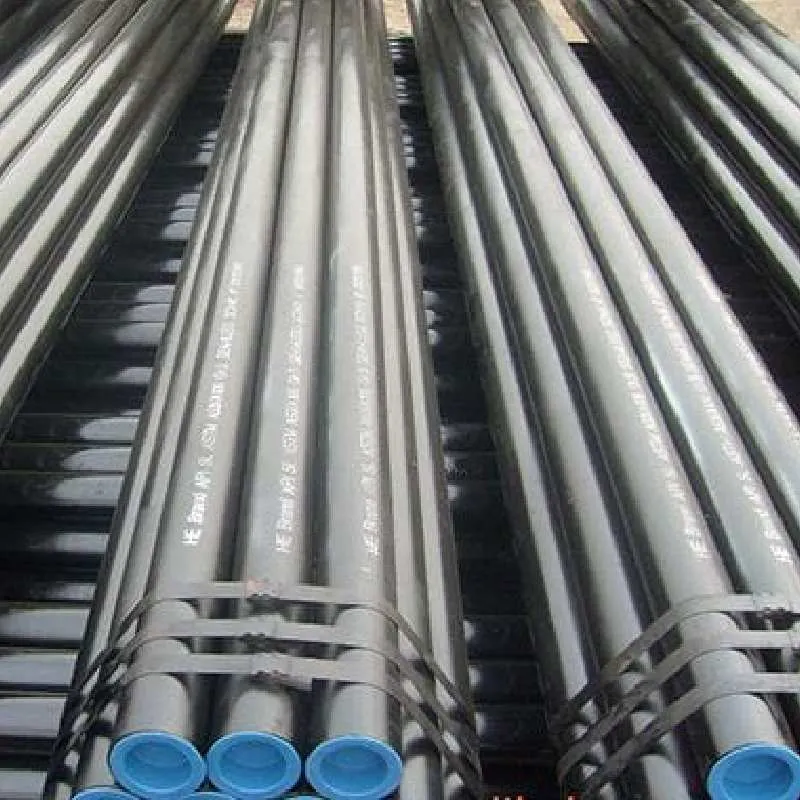-
Cangzhou Yulong Steel Co., Ltd.
-
Phone:
+86 13303177267 -
Email:
admin@ylsteelfittings.com
- English
- Arabic
- Italian
- Spanish
- Portuguese
- German
- kazakh
- Persian
- Greek
- French
- Russian
- Polish
- Thai
- Indonesian
- Vietnamese
- Zulu
- Korean
- Uzbek
- Hindi
- Serbian
- Malay
- Ukrainian
- Gujarati
- Haitian Creole
- hausa
- hawaiian
- Hebrew
- Miao
- Hungarian
- Icelandic
- igbo
- irish
- Japanese
- Javanese
- Kannada
- Khmer
- Rwandese
- Afrikaans
- Albanian
- Amharic
- Armenian
- Azerbaijani
- Basque
- Belarusian
- Bengali
- Bosnian
- Bulgarian
- Catalan
- Cebuano
- China
- China (Taiwan)
- Corsican
- Croatian
- Czech
- Danish
- Esperanto
- Estonian
- Finnish
- Frisian
- Galician
- Georgian
- Kurdish
- Kyrgyz
- Lao
- Latin
- Latvian
- Lithuanian
- Luxembourgish
- Macedonian
- Malgashi
- Malayalam
- Maltese
- Maori
- Marathi
- Mongolian
- Myanmar
- Nepali
- Norwegian
- Norwegian
- Occitan
- Pashto
- Dutch
- Punjabi
- Romanian
- Samoan
- Scottish Gaelic
- Sesotho
- Shona
- Sindhi
- Sinhala
- Slovak
- Slovenian
- Somali
- Sundanese
- Swahili
- Swedish
- Tagalog
- Tajik
- Tamil
- Tatar
- Telugu
- Turkish
- Turkmen
- Urdu
- Uighur
- Welsh
- Bantu
- Yiddish
- Yoruba

Sep . 19, 2024 04:57 Back to list
weld outlet fittings
Understanding Weld Outlet Fittings An Essential Component in Piping Systems
Weld outlet fittings play a crucial role in piping systems across various industries, including oil and gas, chemical processing, and construction. These fittings allow for the creation of branch connections to a main pipeline without the need for additional components like tees or elbows. Their design promotes enhanced structural integrity and flow efficiency, making them an ideal choice for applications where reliability and durability are paramount.
At the heart of the weld outlet fitting is its ability to merge seamlessly with pipe sections. Typically made from high-quality materials such as carbon steel, stainless steel, or alloy materials, these fittings possess a robust construction that withstands high pressure and temperature variations. The weld outlet usually features a factory-prepared stub end, which facilitates a secure weld to the main pipe, thus ensuring a tight seal that minimizes the risk of leaks—a critical factor in any piping system.
One of the significant advantages of using weld outlet fittings is their simplicity in installation. The welding process allows for a smooth transition from the main pipe to the outlet, providing a strong joint that is less prone to failure over time as compared to mechanically connected fittings. This makes weld outlet fittings an attractive option for large-scale projects where long-term reliability is essential.
weld outlet fittings

Moreover, weld outlet fittings come in various sizes and configurations to accommodate different piping needs. From standard sizes to custom designs, these fittings can be tailored to meet specific requirements, whether in residential plumbing or heavy industrial applications. Their versatility also means they can handle a wide range of fluids, including corrosive substances, without compromising integrity.
In terms of maintenance, weld outlet fittings require minimal attention once properly installed. Their welded connections eliminate the need for gaskets or bolts, reducing potential points of failure. This not only lowers the maintenance costs but also enhances the overall safety of the piping system, as there are fewer components that could potentially degrade over time.
Another aspect to consider when working with weld outlet fittings is compliance with industry standards and regulations. Engineers and contractors must ensure that the fittings are manufactured to accommodate the specific requirements outlined in relevant codes, such as ASME, ASTM, and API, which govern the design and application of piping systems. Adhering to these standards guarantees that the fittings will perform effectively and safely throughout their intended lifespan.
In summary, weld outlet fittings are an indispensable component in modern piping systems, providing a reliable method for creating branch connections with minimal complexity. Their robust construction, ease of installation, and low maintenance needs make them a preferred choice for various industrial applications. As industries continue to evolve, the demand for reliable and efficient piping solutions, including weld outlet fittings, will undoubtedly increase, solidifying their status as a vital component in the engineering and construction sectors.
Latest news
-
ANSI 150P SS304 SO FLANGE
NewsFeb.14,2025
-
ASTM A333GR6 STEEL PIPE
NewsJan.20,2025
-
ANSI B16.5 WELDING NECK FLANGE
NewsJan.15,2026
-
ANSI B16.5 SLIP-ON FLANGE
NewsApr.19,2024
-
SABS 1123 FLANGE
NewsJan.15,2025
-
DIN86044 PLATE FLANGE
NewsApr.19,2024
-
DIN2527 BLIND FLANGE
NewsApr.12,2024
-
JIS B2311 Butt-Welding Fittings LR/SR 45°/90° /180°Seamless/Weld
NewsApr.23,2024











